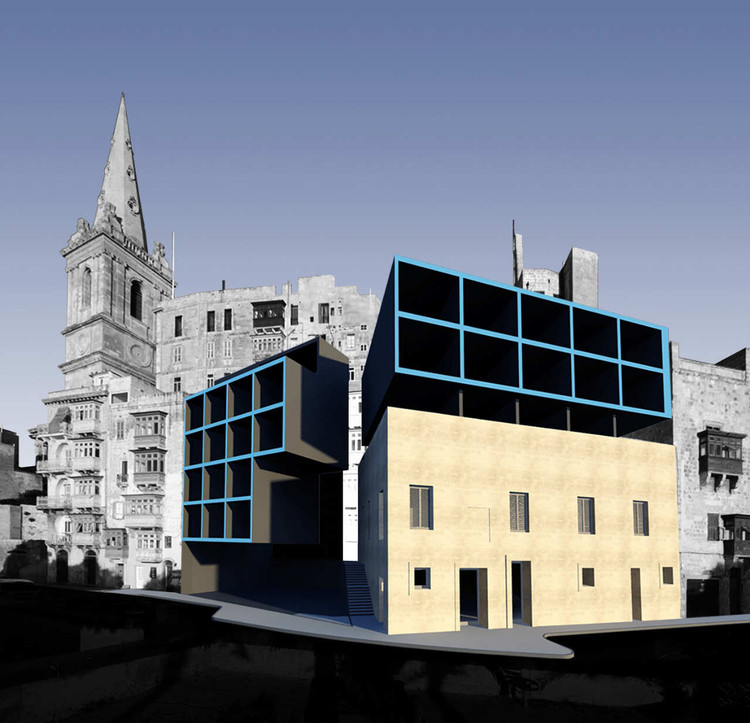
Architects: Chris Briffa Architects Location: Valletta, Malta Design: Chris Briffa, Sandro Valentino, Eleonora Zinghini Client: Valletta Local Council Project situation: Awaiting Development Permission Images: Courtesy of Chris Briffa Architects
Marsamxetto Harbour will site a new, sea-front hotel, integrating a contemporary building with a 16th century period house; believed to have been occupied by Valletta’s renowned artist Mattia Preti.






















